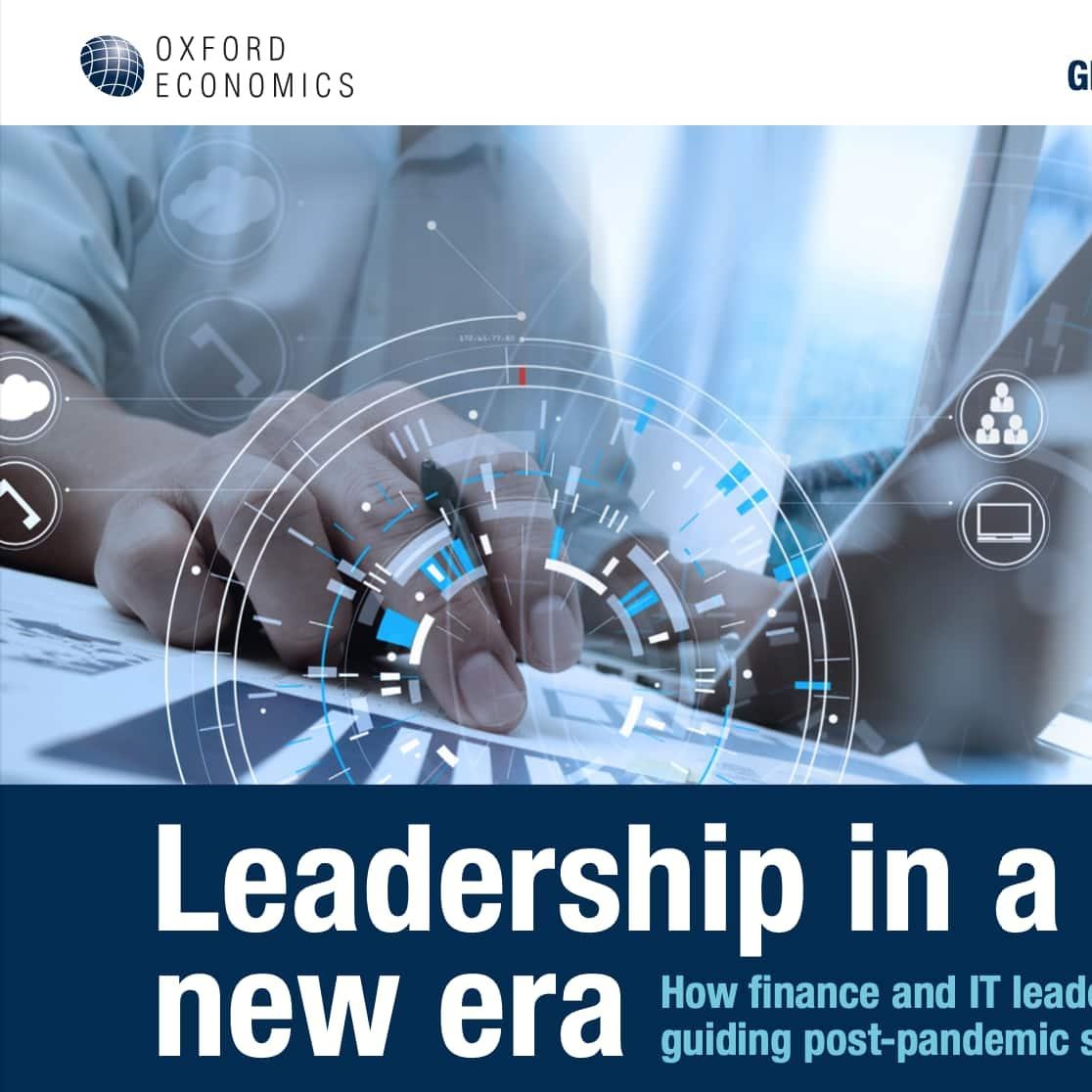Business Continuity
How Are Finance and IT Leaders Navigating the Path to Post-Pandemic Success?
It is with cautious optimism that we look forward to living and working in a post-pandemic world.
If we’ve learned anything over the past 15 months, it’s that staying flexible and resilient in the face of change requires clear spend visibility and tight control over cash flow. It also means allowing your people to do their jobs from anywhere at the drop of a hat.
To find out how businesses are adjusting to this new way of work, SAP Concur teamed up with Oxford Economics to survey 500 finance and IT leaders from small and midsize companies around the world, including Australia. Key topics covered were digital transformation and company culture – and how both have come front and center following a very bumpy 2020.
To begin with, the roles of IT and finance have changed drastically – requiring close collaboration to simultaneously adapt to a hybrid or remote work model and manage drastic flux in supply, demand, and revenue streams. In fact, of those surveyed, 47% have seen their role grow in strategic importance over the past year, and 57% anticipate playing an even greater role going forward.
Part of that will be addressing the operational shortcomings highlighted by the sudden onset of COVID-19. Nearly half (47%) of respondents found that the pandemic brought their companies’ inefficient business processes to light. But identifying operational inefficiencies and solving them are two very different things. At the heart of the challenge, finance and IT leaders point to a lack of collaboration as well as gaps in technology infrastructure. From siloed departments to inadequate data, weak analysis and planning capabilities, and insufficient cybersecurity, many companies do not have the tools they need to keep teams productive and operations running anytime, anywhere.
In addition to fostering a stronger community culture – where everyone is clear on company goals, strategies, and changes – finance and IT leaders must empower employees to adapt to more flexible ways of working that are supported by process digitalisation and automation.
The hitch? Of our survey respondents, fewer than half the finance and IT leaders named the other as a key strategic partner – and most finance leaders did not consider their business expansion strategies to be unified with those of IT. On top of that, many leaders are taking a wait-and-see approach to digitalisation – unsure whether recent changes are just temporary and hesitant about whether to move full-speed ahead.
One of these changes is the digitalisation of spend management – with 27% of respondents assessing whether the change will be permanent and 25% planning to revert back to manual processes in the next two years. And while 78% of respondents are using new technology to improve financial reporting, the majority are unsure if the change is here to stay. Finally, while more than half of respondent companies have allowed employees to work remotely, just 1% plan to continue doing so over the long term.
Why then, after investing in and implementing new technology and a more flexible work environment, are so many companies unsure about the future and even making plans to go back to the way things were? Uncertainty in the continuing wake of COVID-19 is certainly in play, but so is the overall challenge of digitalising processes while continuing to maintain daily operations. With many technologies, the learning curve can be steep – and taking the business offline for fixes and upgrades seems daunting. In short – digital transformation can be a slow process, made even more difficult by systems that cannot be easily adapted to changing business needs.
But with financial leaders citing their top concerns as compliance with expense policies (57%); financial planning and analysis (57%); and maintaining visibility into spending (40%), there is no doubt that digitalising spend management is a must in order to help ensure future success. Not only can the right digital spend management platform address these concerns, it can also allow companies to unify and consolidate spend data in one place – providing a single source of truth that can be leveraged company wide. In fact, 42% of companies that have digitalised expense management report increased productivity. Of the companies that have digitalised invoice management, 43% report increased agility and resiliency. And for those having digitalised cash flow management, 35% say it has helped increase functional collaboration.
Whether you are starting from scratch or have already begun bringing your spend under management, choosing tried and trusted spend management solutions with a proven record of simplicity, agility, and scalability will help prepare your business and your people for whatever lies ahead.
Read the full report to find out more about how finance and IT leaders are navigating the new normal in Australia. Then visit us at www.concur.com.au to see how SAP Concur solutions can help you do the same.
